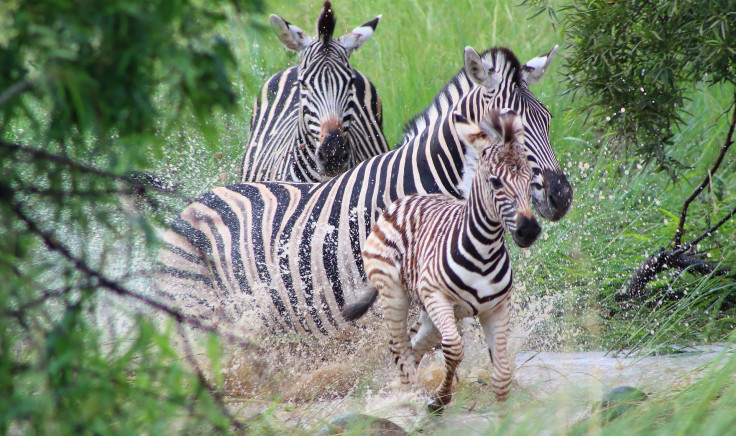Zebra DNA Reveals 9 Different Kinds, Solves Mystery Of Extinct Quagga
Zebra DNA shows that there are a lot more types of the striped African horses than scientists have previously realized, because they were organizing them based on their looks alone.
A team of researchers analyzed the genes of dozens of plains zebras and picked out nine genetic subpopulations of the species, according to a study in the journal Nature Ecology & Evolution. Classically, the zebras have been grouped into six subpopulations by features like the patterns of their black and white stripes, but their DNA showed that those appearances rarely indicated significantly differing genes; the newly discovered genetic subpopulations did not line up with the existing physical ones.
The new information shows the “dangers of basing management units exclusively on morphological variation,” the study warns.
There are two other species of zebras, the mountain zebras and Grévy’s zebra. Although the researchers sampled DNA from those two species for comparison, they did not do as thorough an analysis and group them into genetic subpopulations like they did for the plains zebras.

Knowing how the plains zebras are alike and different on a genetic level could help experts better focus their conservation efforts, which look to preserve zebras in the face of habitat loss.
Researcher Rasmus Heller told International Business Times that one key aspect of the study was that it revealed which of the zebra subpopulations had a lower level of genetic diversity — DNA variations within their community that help animals adapt to survive in their environments.
“These are the areas we want to focus our conservation efforts on,” he said. “And the other thing is that we now understand better the importance of connectivity between plains zebra populations. They have historically had a lot of migration between them, and this is difficult to maintain in a human-dominated landscape. But we should try to incorporate this into the conservation strategy.”
In addition to revealing nine different subpopulations of plains zebras, the new genetic analysis also suggested that all the members of the zebra species can trace back their lineage almost 370,000 years to a large area of wetlands of the Zambezi and Okavango basins in southern Africa, and that the extinct quagga is a “plains zebra variation.”
Quaggas have been gone since the 1880s, pushed into extinction as European settlers in southern Africa hunted them for their meat and their fur. They were distinct in appearance because they had stripes on their front halves that faded into a solid brown back half.

Researchers have previously suggested that the quagga was a subgroup of plains zebras and not its own separate zebra species, and the new genetic analysis offers more evidence for that idea.
As for the plains zebras that are still alive, the nine subpopulations may not be the end.
“We cannot say for sure that exactly nine plains zebra populations exist, and no more,” Heller said. “We did not have access to samples from all areas where there are plains zebras, so the total number could be higher.”
Nine isn’t that many either, according to Heller: “These nine populations are not highly differentiated, it just means we found nine groups among which the variation is higher than it is within them.”
The work isn’t done. Heller said there are a lot more animals out there that can benefit from a genetic analysis that establishes their subpopulations, rather than having conservationists continue to rely on physical appearance when characterizing them.
“Our group in Copenhagen are working on this, with a particular emphasis on the African mammals,” he said.
© Copyright IBTimes 2024. All rights reserved.



















